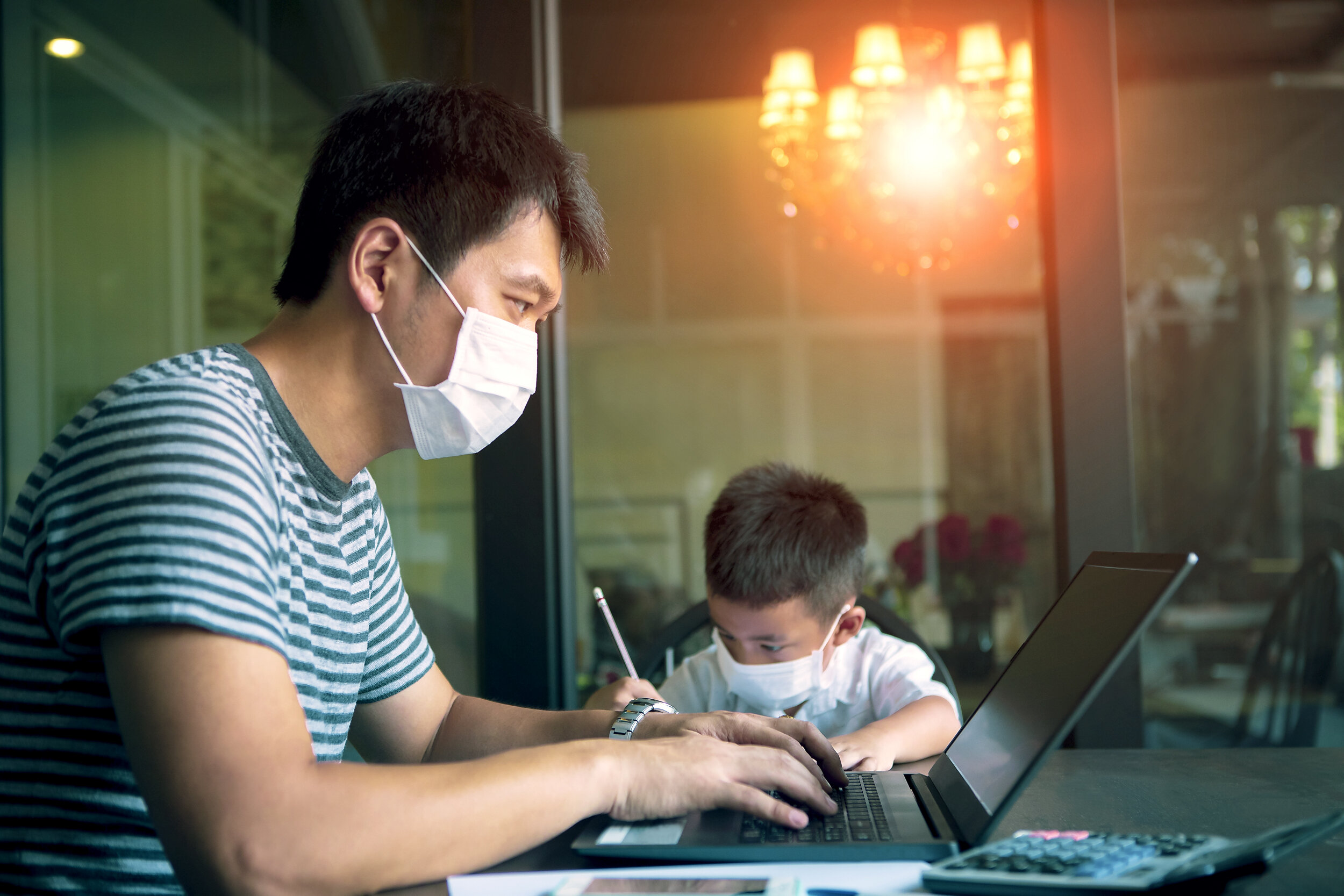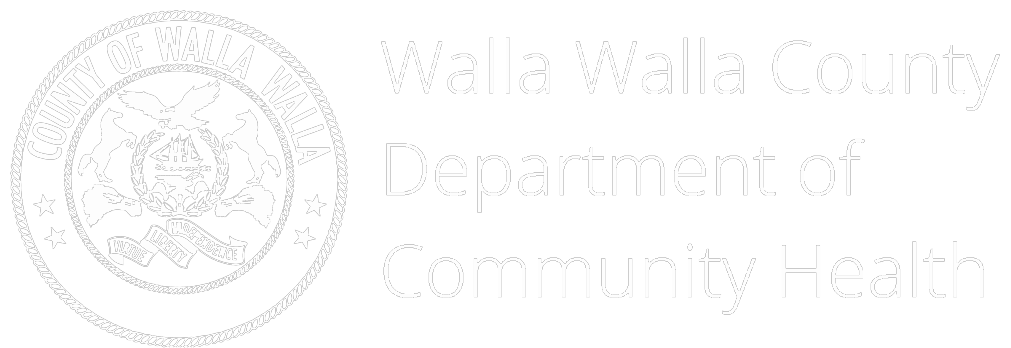
Frequently asked questions.
Child Care, Early Learning and K-12 FAQs
Thank you to King County for developing these helpful FAQs.
General FAQ
If a child has COVID-19 symptoms at school or child care and is sent home, do siblings have to be sent home, too?
The child with symptoms should be isolated and sent home as soon as possible. Caregivers of the sick child should contact their medical provider and get the child tested for COVID-19 as soon as possible. Siblings who are not exhibiting symptoms do not need to be quarantined or sent home at that time. The siblings can continue to attend school or child care but should monitor their health. If any symptoms arise in the siblings, they should also stay home and their caregivers should contact a healthcare provider. If the original sick child tests positive for COVID-19, that child must stay home and isolate. At that time all household members, including the siblings, would be considered close contacts and must also quarantine (stay home, not go to work, school or child care).
If a student/staff’s household member is a close contact of a confirmed COVID-19 case, can the child/staff come to child care or school?
Close contacts of a confirmed COVID-19 case should quarantine for 14 days since their last exposure to the person with COVID-19. They should monitor their health and contact a healthcare provider if COVID-19 symptoms arise. A negative COVID-19 test only indicates that the virus was not detectable in their body at the time of testing. It doesn’t completely rule out that they have COVID-19. They should still quarantine for the full 14 days. Household members of the close contact (including the student/staff) would only need to quarantine if the close contact tests positive for COVID-19. If the household member doesn’t get tested, is waiting on test results, or tests negative, the student/staff can come to child care or school. The exception would be if any household member (including the student/staff) were exhibiting COVID-19-like symptoms. Anyone with symptoms should isolate and call a medical provider.
If a student/staff’s household member interacts with someone who tests positive for COVID-19 but the household member isn’t considered a close contact, can the child/staff come to child care or school?
Neither the child/staff nor the household member need to quarantine since the household member is not considered a close contact of the confirmed COVID-19 case. The exception would be if the household member or child/staff have symptoms of COVID-19. Anyone with symptoms should isolate and call a medical provider.
Can schools or child care require COVID-19 tests/results for students or staff to return to school?
Requiring tests: At this time, there is no recommendation from Public Health—Community Health (DCH), the Washington State Department of Health (DOH), nor the Centers for Disease Control and Prevention (CDC) for schools to require a COVID-19 test for symptomatic children or staff. Anyone with COVID-19 symptoms is strongly encouraged to get tested. Schools are not disallowed from implementing more stringent health and safety requirements than those outlined by DOH or CDC. However, we caution schools to consider the potential equity impacts of additional requirements such as requiring testing for students, staff, and families who may struggle to access health care. Symptomatic students and staff who test negative for COVID-19 must remain home (isolate) for at least 24 hours after fever has resolved and symptoms have improved. Ill students and staff who get tested should be encouraged to retain documentation of their test results. Symptomatic students and staff who do not get a COVID-19 test must remain home (isolate) for at least 24 hours after fever has resolved and 10 days since symptoms began and symptoms have improved.
Child and Early Learning Centers FAQs
We have a suspected or confirmed case of COVID-19 in our child care community. What should we do?
Students and staff with COVID-19 symptoms should stay home and away from others. Learn more about COVID-19 symptoms.
Examples of COVID-19 symptoms: cough, shortness of breath or difficulty breathing, fever (100.4° F or higher), chills, muscle pain, sore throat, new loss of taste or smell, or other signs of new illness that are not related to a preexisting condition (such as seasonal allergies).
People who are sick should stay home and away from others until:
at least 10 days have passed since their symptoms first appeared
ANDthey have had no fever for at least 24 hours (one full day without the use of medicine that reduces fever)
ANDother symptoms have improved (for example, symptoms of cough or shortness of breath have improved)
A "suspected case" = a person who shows symptoms of COVID-19 but has not yet been tested or is waiting for test results. A "confirmed case" = a person (with or without symptoms) who received a positive result from a COVID-19 laboratory test.
What do we do for staff and children who had close contact with the person confirmed to have COVID-19?
Inform all staff and families in your child care community who had close contact with the individual while they were showing symptoms or in the 48 hours before symptoms began.
"Close contact" means being within 6 feet of an infected person for at least 15 minutes anytime during the 48 hours before they started showing symptoms until the time the infected person is isolated. If the infected person has no symptoms, close contact occurs anytime from the 48 hours prior to taking the COVID-19 test until the infected person was isolated. Close contact also happens if someone with COVID-19 coughs on you, kisses you, shares utensils with you, or you have contact with their body fluids.
Ask staff and children who had close contact with the confirmed person to stay home and away from others and watch for symptoms for 14 days from their last contact with that person.
Do we need to notify Community Health about COVID-19 cases in our facility?
YES! Please notify Community Health even if you have only a single, mild case. We are here to help you! Please call: 509.524.2647 (Daily | 8-5)
Will extended care/child care be allowed to open when schools are in the High to Moderate range and are doing remote learning?
According to the Governor's order, child care is an essential service. At this time, child care and early learning programs are allowed to remain open regardless of whether K-12 education is providing in-person or remote learning. Each individual child care program decides whether to remain open or not.
The Safe Start Washington Recovery Plan does not address reopening for child care or early learning. However, throughout the pandemic, child care has remained open and may continue to operate.
K-12 FAQ
Can schools host in-person extracurricular activities?
Using the state decision tree, we advise that:
no extracurricular activities take place in person until Walla Walla County is in a low COVID-19 activity level
a low activity level is less than 25 cases per 100K over 14 days
We encourage virtual meeting opportunities as much as possible.
If you are planning on offering extracurricular activities, implement all health and safety measures:
Symptom screening
Grouping staff and students into small groups (or "cohorts")
Physical distance
Face coverings
Increased hand hygiene, cleaning, & ventilation
When in-person learning resumes or your school opts to offer extracurriculars like athletics, please refer to Washington Interscholastic Activities Association (WIAA) for specific guidance for sports.
Are there restrictions on Physical Education/PE classes or use of locker rooms?
Limit the use of locker rooms to hand-washing and restroom use only. Showers should not be used due to potential spread of aerosolized droplets. Consider eliminating requirements to change clothes for PE. If use of locker rooms for changing is necessary, maximize ventilation and use tape, spots or cones to signal 6 feet of distance for students who need to change. Stagger entry to the changing area and use these facilities as appropriate with members of the same group/cohort. Make sure to limit occupancy of the locker rooms to avoid crowding.
How can schools expeditiously identify close contacts given confidentiality protections?
A student’s health screening information, COVID-19 test results, and other related information collected by or reported to a school is considered Personally Identifiable Information (PII) and is protected under FERPA as part of the educational record. For information about disclosure of FERPA-covered PII during the COVID-19 pandemic for purposes such as contact tracing in schools, please refer to the FERPA & Coronavirus Disease 19 (COVID-19) Frequently Asked Questions resource from the United State Department of Education.
FAQ: King County
This FAQ has a lot of helpful information for schools and child care providers. Why King County? They have a few more people on staff than we do and we appreciate the resources they have pulled together. We hope you will too!

